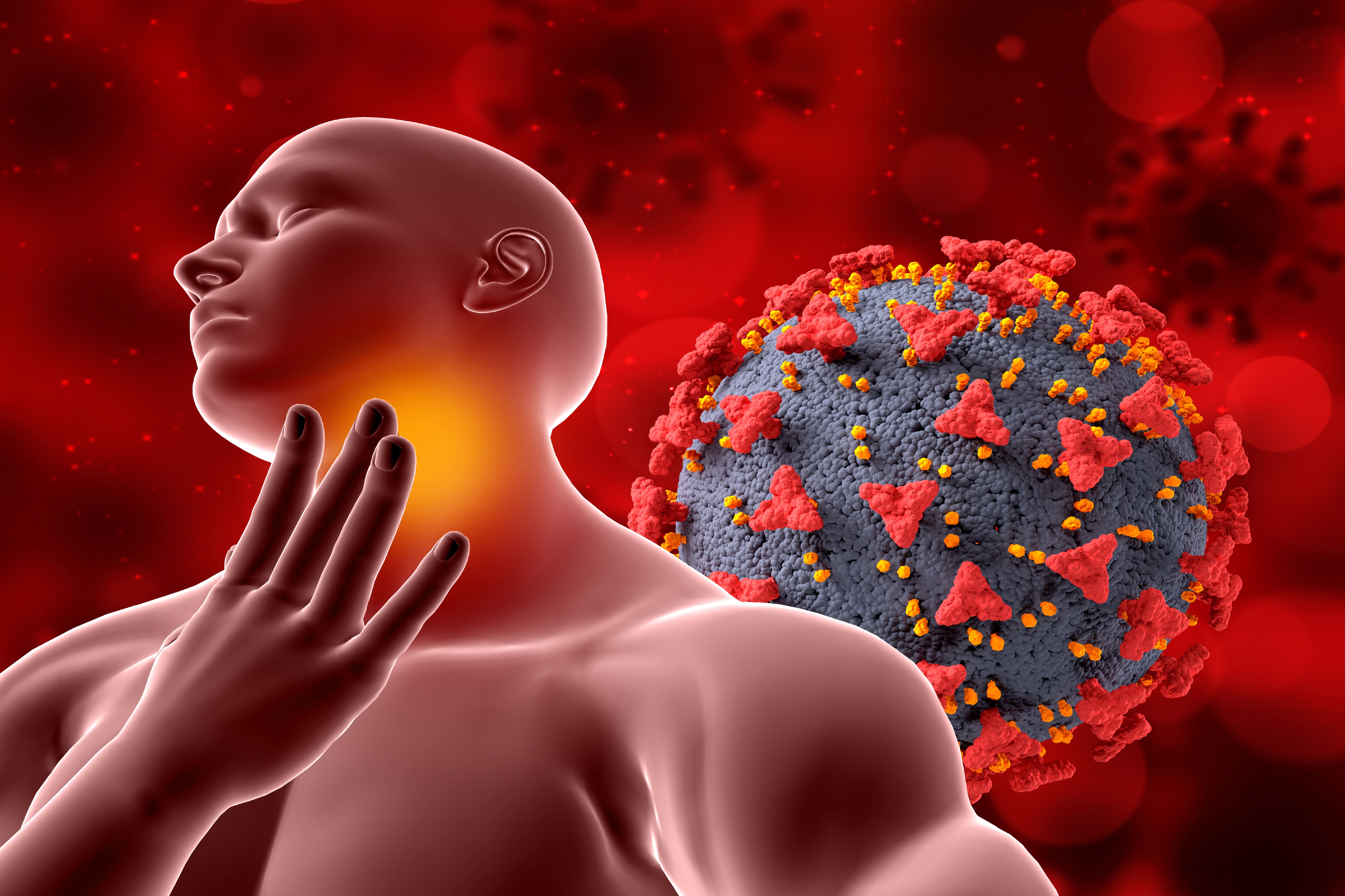Eosinophilic Esophagitis: Causes, Early Signs, & More

Eosinophilic esophagitis, or EoE, is a chronic immune system disease affecting the tube connecting your mouth to your stomach—the esophagus. While it may not be as commonly known as other digestive disorders, EoE has gained attention over the past few years, especially in people who suffer from food allergies, asthma, or eczema. So, what exactly is EoE, and how can you spot the signs early on?
-
What Causes Eosinophilic Esophagitis?
The primary cause of EoE is an abnormal immune reaction. When the body mistakes certain foods or environmental allergens as threats, it triggers a response that leads to an influx of eosinophils, a type of white blood cell, into the esophagus. This buildup of eosinophils causes inflammation, leading to scarring, narrowing, and difficulty swallowing over time.
Common food triggers include dairy, wheat, eggs, soy, peanuts, and shellfish. Environmental allergens like pollen or mold can also provoke an immune response in some people. It’s important to note that EoE can develop at any age, but it is more prevalent in children and young adults.
-
Early Signs and Symptoms to Watch For
One of the biggest challenges with EoE is that its symptoms can be subtle or mistaken for other gastrointestinal conditions like acid reflux or GERD. However, there are a few early signs that you can keep an eye on:
-
Difficulty Swallowing (Dysphagia): A hallmark symptom of EoE, many people report feeling food get stuck in their throat or having to swallow multiple times.
-
Chest or Throat Pain: This pain can often be mistaken for heartburn or indigestion, especially since it can intensify after eating.
-
Food Impaction: In severe cases, food may get lodged entirely in the esophagus, requiring immediate medical intervention.
-
Vomiting or Regurgitation: Particularly common in children, EoE can cause nausea and frequent vomiting.
-
Poor Growth in Children: If left untreated, EoE can lead to malnutrition or failure to thrive in younger patients, as they may avoid eating due to discomfort.
-
-
How is EoE Diagnosed?
If EoE is suspected, a doctor may recommend an endoscopy using a small camera to inspect the esophagus. Biopsies (small tissue samples) are taken during this procedure to check for elevated eosinophils. You may also be required to test your blood and allergies to identify potential food or environmental triggers.
-
Treatment Options for EoE
While there’s no cure for EoE, you can effectively manage the condition with dietary changes, medications, and lifestyle adjustments. Many people benefit from an elimination diet, where you remove common trigger foods to see if symptoms improve.
Doctors sometimes prescribe steroid medications to reduce inflammation in the esophagus. Regular monitoring and follow-ups with a healthcare provider are essential to ensure symptoms are well-controlled.
Eosinophilic esophagitis can be frustrating and uncomfortable, but with early diagnosis and proper management, it’s possible to live a healthy, symptom-free life. If you’re experiencing any early signs, especially difficulty swallowing, it’s a good idea to consult a healthcare professional. Catching the condition in its early stages can make all the difference in preventing any long-term damage to your esophagus.
